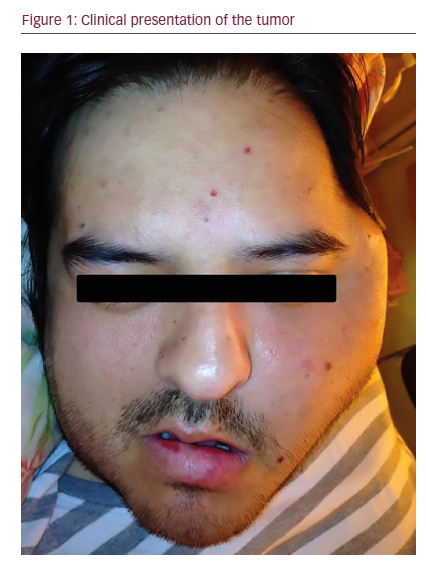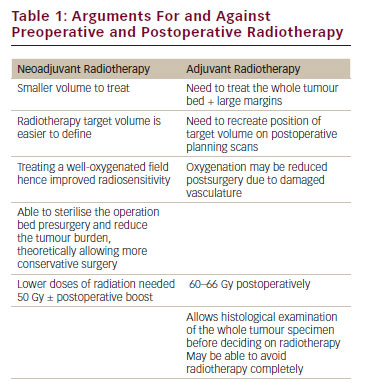Soft tissue sarcomas represent a group of over 80 rare malignant tumors that arise from tissues of mesenchymal origin throughout the body.1 Advanced soft tissue sarcoma is treated with single-agent or combination systemic chemotherapy, but is associated with a poor prognosis.2,3 Pazopanib (Votrient,® Novartis, Basel, Switzerland) is an oral multitarget tyrosine kinase inhibitor that has received regulatory as a second-line and beyond treatment for metastatic soft tissue sarcoma based on the findings of the phase III PALETTE study.4 However, there is a population of elderly and debilitated patients with soft tissue sarcoma that are not fit for standard first-line chemotherapy that is anthracycline based. As pazopanib is well tolerated with minimal side effects, a phase II study (ClinicalTrials.gov identifier: NCT02300545) investigated the use of pazopanib as front-line therapy in patients with non-resectable or metastatic soft tissue sarcomas who are not candidates for chemotherapy.5
At the European Society for Medical Oncology (ESMO) meeting in 2019, which was held from 27 September–1 October in Barcelona, Spain, Dr Van Tine discussed the use of pazopanib and the findings of the study.
Q. What are the limitations of standard first-line chemotherapy in the treatment of soft tissue sarcomas?
The front-line therapy of soft-tissue sarcomas has not changed since the 1970s.3 Following promising findings in a phase I study,6 we hoped that olaratumab might be an active and useful drug, but the phase III ANNOUNCE trial showed no benefit.7 Front-line chemotherapy is toxic in many patients; therefore, this is an important unmet need.
Q. What is the rationale for the use of pazopanib as first-line therapy in patients with non-resectable or metastatic soft tissue sarcomas?
When pazopanib first came on the market, one of the ways in which it was used was lowering the dose and then escalating. We found that this was a more tolerable medication compared to doxorubicin, so we investigated it in a patient population that may not tolerate chemotherapy, such as debilitated and elderly patients with soft tissue sarcoma.
Q. Could you tell us a little about the phase II study of pazopanib and its efficacy and safety findings?
The study involved 56 patients who were at least 18 years old, not eligible for chemotherapy, and had not received prior systemic therapy for soft tissue sarcoma. Pazopanib was initiated in patients at a dose of 200 mg twice daily for 4 days, then escalated to a dose of 400 mg twice daily for 4 days, then escalated once more to a dose of 800 mg twice daily for the duration of the trial. Results showed that a subset of patients showed benefits in terms of progression-free survival and overall survival. There were no significant changes in quality of life whether patients were responders or not.5 No new or unexpected adverse events were seen. A European Phase II study comparing pazopanib and doxorubicin showed similar findings.8
Q. Which patients are most likely to benefit from this treatment approach?
Patients who want to try something but are afraid to try chemotherapy are most likely to benefit from this approach. Certain subtypes of sarcoma such as synovial sarcoma also respond.
Q. How common is pazopanib resistance and how might this be overcome?
Most cases of sarcoma eventually become resistant to pazopanib.9 The data from our study shows that pazopanib is successful in two out of five patients. The incidence of pazopanib resistance is the same whether it is used as front-line or later-line therapy.5 






